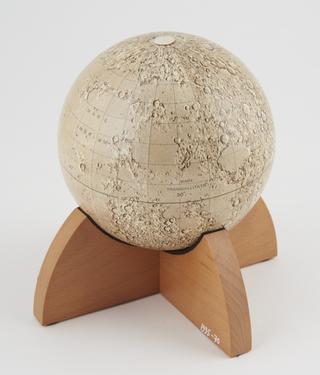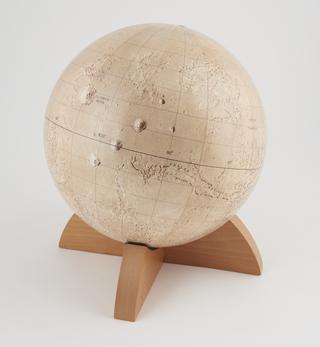
Moon globe by John Russell;England;1797
1797

1797

1987

1997

1969-1972

c.1963

1789-1795

1892

1981-1982

1880-1899

1961-1964

1981-1985

1969

1981-1982

1797-1805

1755-1775
1995
1880-1899
1882-1885
1896-1899
1850-1854
1800-1806
1965